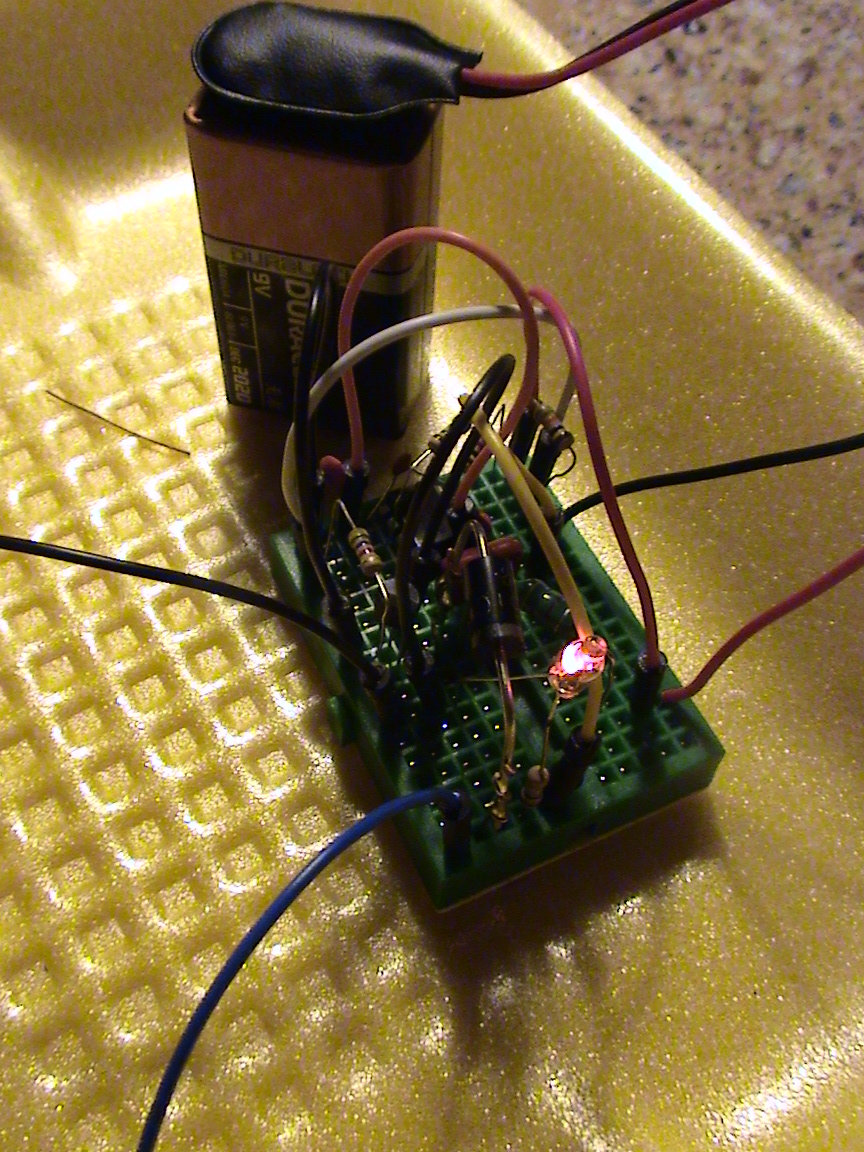Ok.
There are some parasitics involved in the switch section, the parasitic capacitance of the transistor rings with the leakage inductance of the inductor when the transistor switches off, this is usually worse with a 'transformer' or coupled inductor as it should be called.
This ringing can exceed the power supply rail or more, on some topologies the switch already 'sees' twice the supply rail so ringing can easily take the tranny above its voltage rating and blow it.
An Rc snubber is just a series rc across the transistor or across the inductor, the r is chosen so that the voltage across the inductor at switch off pushes the same current through the resistor as that through the switching tranny at full load, then initially the cap is chosen to soak up the energy stored by the parasitic capacitance, a common way of doing this is chucking caps across the tranny till the ringing frequency halves, then I think you quadruple that capacitance and that becomes the c part of the rc.
I tend to calc the r and bung various caps on and scope the result, a few goes and its sorted.
You can put a diode inline with the rc so it becomes a drc, and put a high value r across the c to discharge it when the diode isnt conducting, this then only burns power at switch off making it more efficient, there are more elaborate and low loss ideas too.
A Vdr stands for voltage dependant resistor, this is a resistor that suddenly lowers its resistance at its marked voltage, then when wired in a circuit if the voltage tries to spike to a higher voltage than that marked on the vdr it tries to short the spike by lowering its resistance and clamping the voltage from rising too high, either the vdr damps the spike, or it blows up.
You can also use a zener diode in series with a diode, or a transorb, all similar ideas.
That was just a ballpark description aimed to be understandable, other ideas may well follow.



